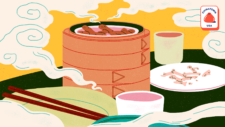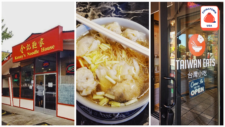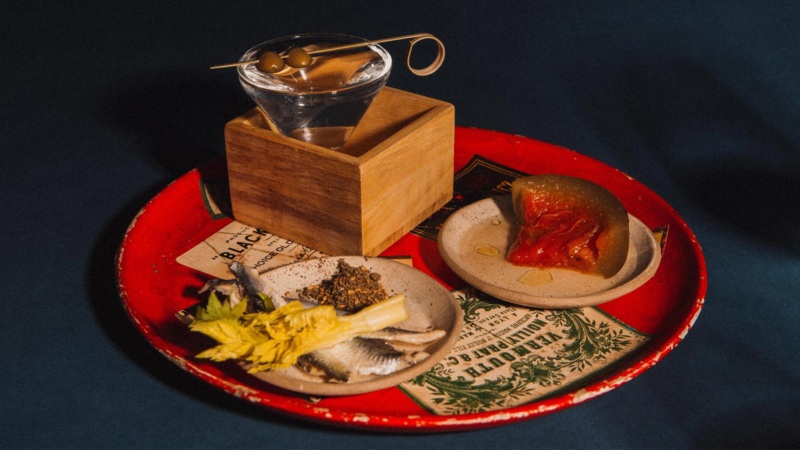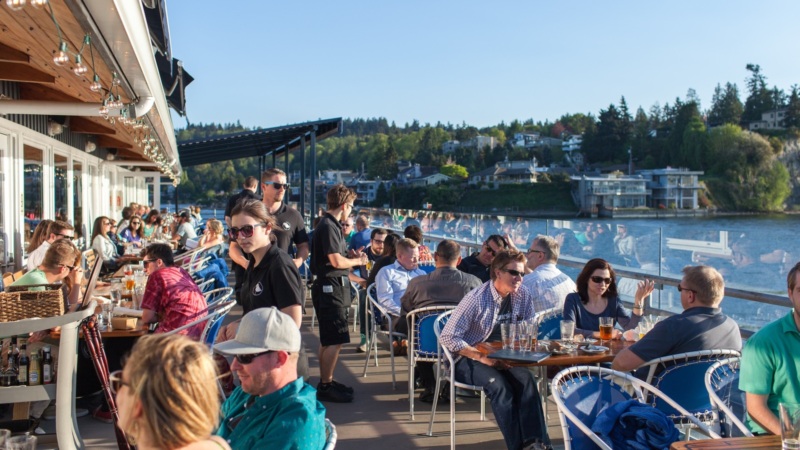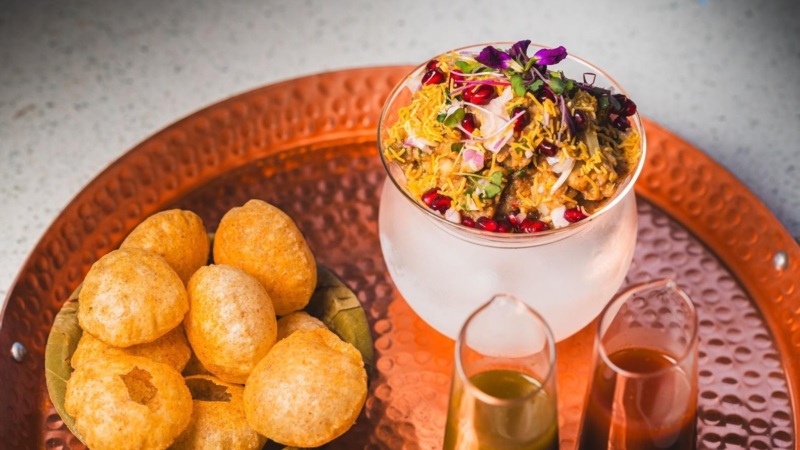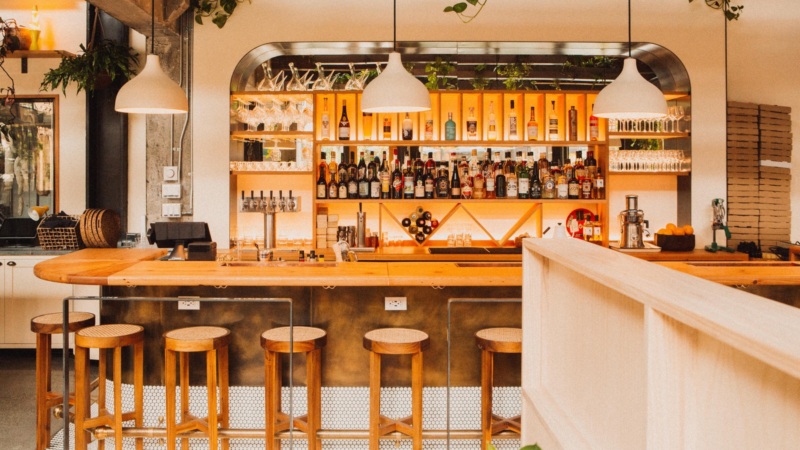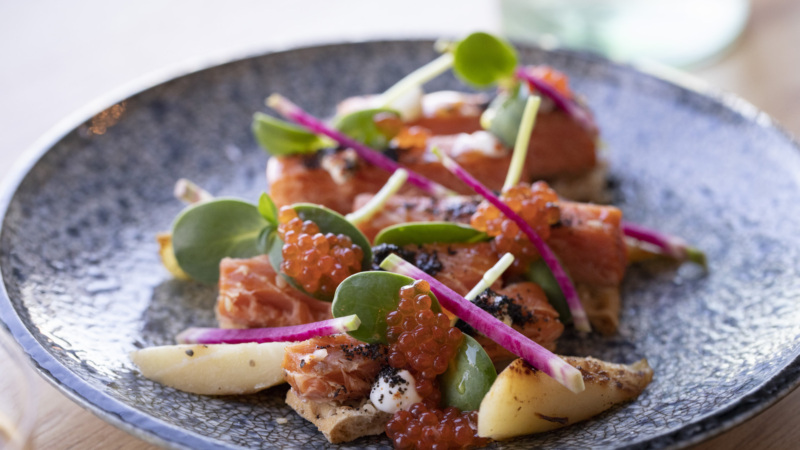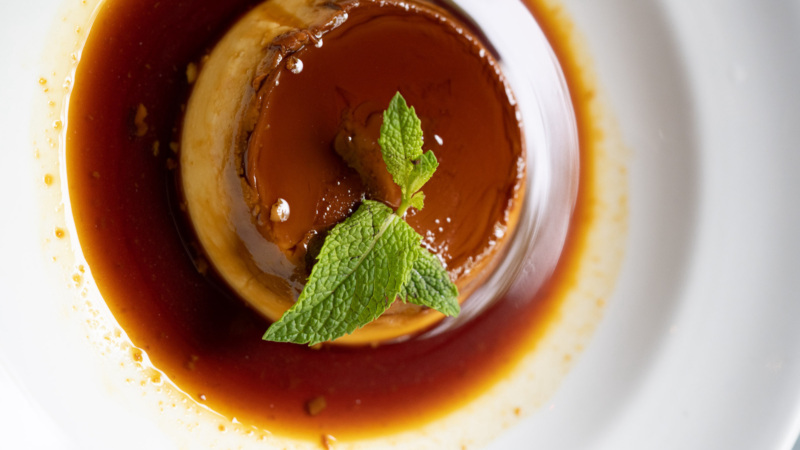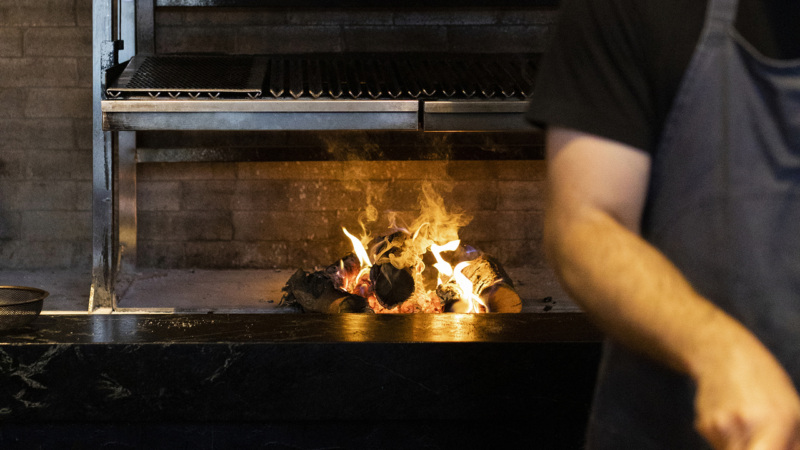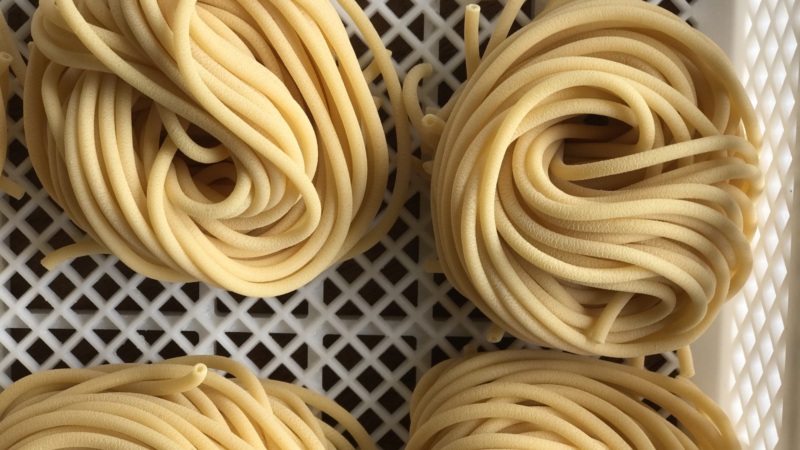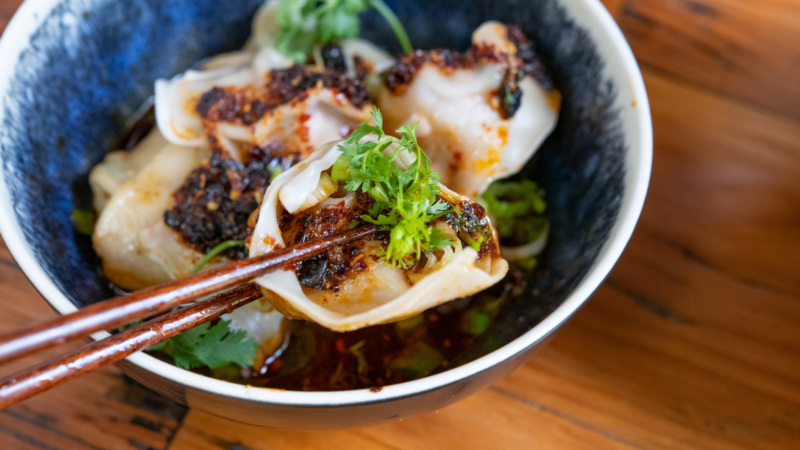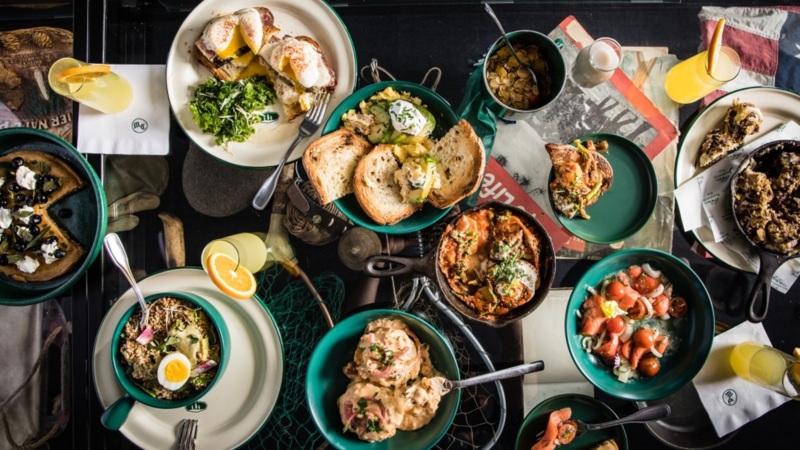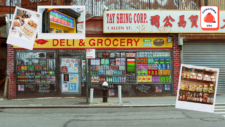
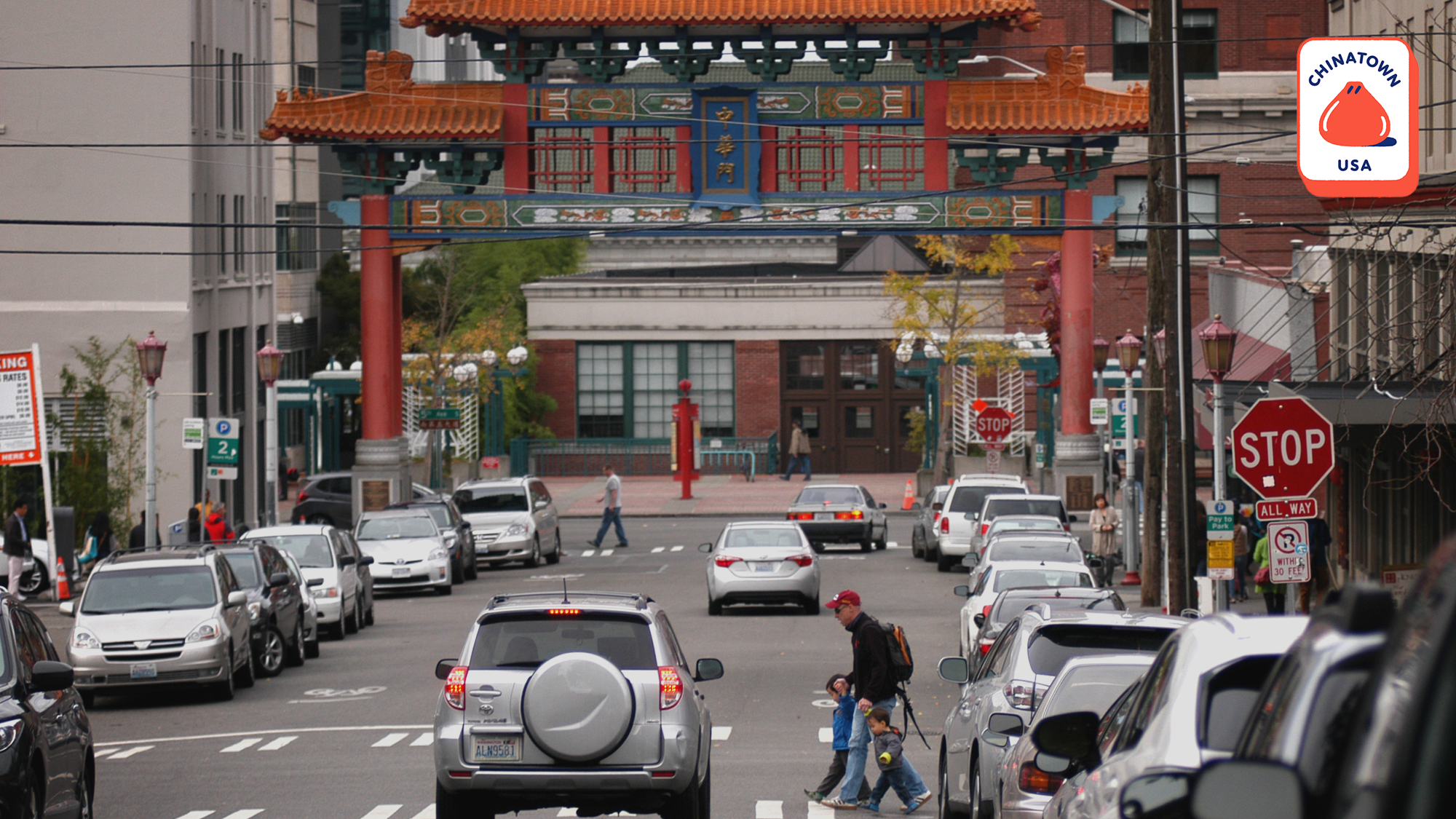
The Resy Guide to Seattle’s International District, By Those Who Love It Best
Asian people have been a part of Seattle since the Pacific coast city was founded in the 1850s. Chinese settlers arrived on the waterfront, and as the frontier town grew, moved inland to the neighborhood now known as the International District.
“The ID,” as locals call it, is the historic heart of Seattle’s Asian American experience, located just south of downtown and the Yesler Terrace neighborhood. Walking around its compact blocks today, you’ll hear lots of languages — Mandarin, Cantonese, Japanese, Vietnamese, Korean, to name a few — and that variety is reflected in the range of cuisines that the neighborhood’s restaurants and markets serve.
These days, the best Chinese food in the city isn’t confined to the neighborhood. “The Ave” (University Avenue), next to the University of Washington, is lined with cheap eats from around the world, a nod to its diverse student body. In the tech-driven eastern suburbs of Bellevue and Redmond, the population is one-third Asian, and these cities are where you can find truly wonderful Chinese and Taiwanese food: Taiwanese pork burgers at Facing East, fresh soy milk and fan tuan at Tofu 101, juicy xiaolongbao at Xiao Chi Jie.
The ID, however, is where you’ll find the restaurants with longest legacies. The venerable Maneki has served sushi since 1904, and Tai Tung, the oldest Chinese restaurant in town, was Bruce Lee’s favorite. Also in the ID are gift shops, the Wing Luke Museum of the Asian Pacific American Experience, hair salons, martial arts studios, the massive Uwajimaya grocery store, and a wonderful children’s playground.
To the east of Interstate 5, which bisects the neighborhood, is “Little Saigon,” where Seattleites will find the city’s best Vietnamese food. Seattle Reign legend Megan Rapinoe, for instance, says her favorite restaurant here is Tamarind Tree, an institution in the city, where she gets fresh rolls with peanut sauce and the vermicelli bowl with lemongrass beef.
The ID may have historical importance, but the neighborhood continues to draw restaurateurs like Iron Chef Masaharu Morimoto, who admits to “keeping a close eye on the perfect spot to open a restaurant,” before opening a branch of his Momosan ramen mini-chain there last September.
The history of the Asian communities in Seattle isn’t all just barbecue pork buns and egg tarts. The ugly side of Seattle’s past includes anti-Chinese riots, discriminatory laws, and the internment of Japanese-Americans during World War II. Now here we are, in the middle of a pandemic that has been tinged, including by the president, with anti-Asian overtones, and restaurants in the ID are hurting badly. Yet they’re remaining open. Maneki is doing takeout for the first time in 116 years, and mom-and-pop shops are selling frozen dumplings by the bag from behind boarded-up windows. The ID is resilient, and has seen waves of change over last century. In the 1960s, Koreans and Pacific Islanders flocked to the area. By the 1980s, the newcomers were mostly from Vietnam, Laos and Cambodia.
In celebration of the neighborhood, particularly right now, we asked local experts for their favorite things to eat there.
Tai Tung
I like Tai Tung for classic Chinese-American fare, and the mid-century vibe. I always order beef chow fun and fried chicken wings. And who doesn’t love third-generation owner Harry Chan? I admire Harry because he’s always there to greet his guests and make sure they have a good meal. He obliges the gawkers who want to see the Bruce Lee booth in the back of the dining room. (Bruce always got the oyster-sauce beef and garlic shrimp.) Harry actually took a day off last year to attend the 150th commemoration of the completion of the Transcontinental Railroad. He did it, he said, to pay tribute to the Chinese workers who sacrificed life and limb to complete the railroad. He then came straight home to take care of his customers! // 655 S. King St., taitungrestaurant.com.
Lori Matsukawa
Longtime KING 5 news anchor
House of Hong
Ever since I was a kid, we’ve been going to House of Hong. It’s a Chinatown institution: so many parties, such good dim sum — and it even has a parking lot. Before the pandemic, we were going there every other weekend. I love that it’s been family-owned by the same family for several generations. I remember the granddaughters who used to be the hosts at the podium. It would be crowded on Sundays, and the granddaughters were really pretty. My mother would always be conspiring to set me up.
Many of the current wait staff and the table captains we’ve recognized for many years now. They’ve seen my son grow up since he was a baby. It just feels like a nice environment, and their dim sum is delicious, of course.
I think their desserts are especially good. And their beef chow fun is especially good, as are both their beef tripe and beef tendon. I don’t care how far you have to travel from, I don’t care if you’re driving from Walla Walla, but that beef tendon in a yellow curry? I could have another bowl of that right now. //409 8th Ave. S., houseofhongseattle.com.
Jonathan Sposato
Tech entrepreneur (GeekWire, PicMonkey)
Mike’s Noodle House
Going to Mike’s takes me back to my time abroad in Asia, where cash-only street food and no-frills eateries prevail. There’s no space to move and hardly enough room to fit all the food you order onto the table. When there’s a line out the door, the wait is short. Customers and staff are well-versed in the speed of service and dining: sit, order, eat, pay, and leave as soon as possible. It’s a simple menu focusing on wonton and dumpling soup, noodles, congee, and side vegetables. My go-to is the wonton noodles and a bowl of century egg and pork congee with a side of you tiao to dip. It’s the sustenance and the atmosphere I crave when I’m in the mood for comfort food. // 418 Maynard Ave. S., ordermikesnoodlehouse.com.
Crystal Chiu
Pastry chef, Canlis
Jade Garden
I came [to the U.S.] in 1967. Because I had to support my in-laws, sisters-in-law, brother-in-law, my parents, everybody — I decided to open a restaurant, and I put everybody to work. Many of the restaurants are like that in Chinatown. At Jade Garden, Mei [Chan] and her husband — he was a chef in Hong Kong — have two sons and a daughter, and the whole family’s working in the restaurant. And they are hard workers. In the last 17 years they’ve been there, they did really good business.
Jade Garden is very famous for dim sum: har gow, siu mai. I love dim sum. So actually when they are open, I have a table there. That is Nora Chan’s table. It’s the first table in the back. I eat there six days a week, every day except Sunday, because I go to church. They always serve me good food. They serve everybody good food. If lots of people are waiting to get in, just say, “I am here for Nora’s table.” // 424 7th Ave. S., jadegardensea.com.
Nora Chan
Founder of Seniors in Action, business owner in the ID since 1988
Fuji Bakery
At this Japanese-French fusion bakery, their specialties run from butter croissants to beef curry buns. There are so many delicious pastries here and interesting takes on familiar things. They have a lot of offerings. So much variety can seem so overwhelming to me as a business owner, but I’m impressed by anyone who can do it.
One of our staff members lived across the street and brought me a crunchy cream doughnut. It was the most satisfying doughnut I’ve ever had — I’ve been addicted ever since. Coating a doughnut in corn flakes and sugar is the right level of seriousness for pastries. My daughter, who is 3½, is also a fan of the doughnuts. We’ve gone foraging in the woods and we’ll stop and pick up ‘special treats’ — that’s what she calls them. She doesn’t care what’s in them, she just knows they’re delicious.
526 S. King St. #2834, (206) 623-4050, fujibakeryinc.com
Lisa Zack
General manager, Plenty of Clouds
Dough Zone
Dough Zone is my go-to alternative to Din Tai Fung for a few reasons: The line is almost always quicker (or non-existent), prices are the same if not lower, and most importantly, the food is just as good. It’s a newish local chain, with six stores in the Seattle area, that serves carbolicious Chinese comfort food: dumplings, buns, and noodles.
The ID location is going to be busier than the one downtown — especially at Sunday brunch — so either get there early or later than prime dim sum time. My favorites: the soup dumplings (pork and crab meat), steamed pork buns, Yi Bin noodles, and vegetable potstickers. My vegetarian friends are also big fans of the variety of choices here. We all like the generous portions. //504 5th Ave. S. #109, doughzonedumplinghouse.com.
Athima Chansanchai
Author of “100 Things to Do in Seattle Before You Die”
Tsukushinbo
I love that I discovered it by seeing a line of people outside and I had to ask what it was since nothing marks the entrance. I love the interior, crowded (in pre-COVID days) with small tables and a cozy counter and filled with young and old, families, cool people. The tiny restrooms are little havens of beauty — utterly surprising. And the food — Japanese comfort food, simple ingredients, hearty portions. I wish I could have Friday ramen right now. Most of all, this restaurant reminds me of being in Japan. // 515 S Main St., tsukushinbo.juisyfood.com.
Chiyo Ishikawa
Former Seattle Art Museum deputy director for art
JiaYing Grygiel is a freelance photographer and writer in Seattle.

